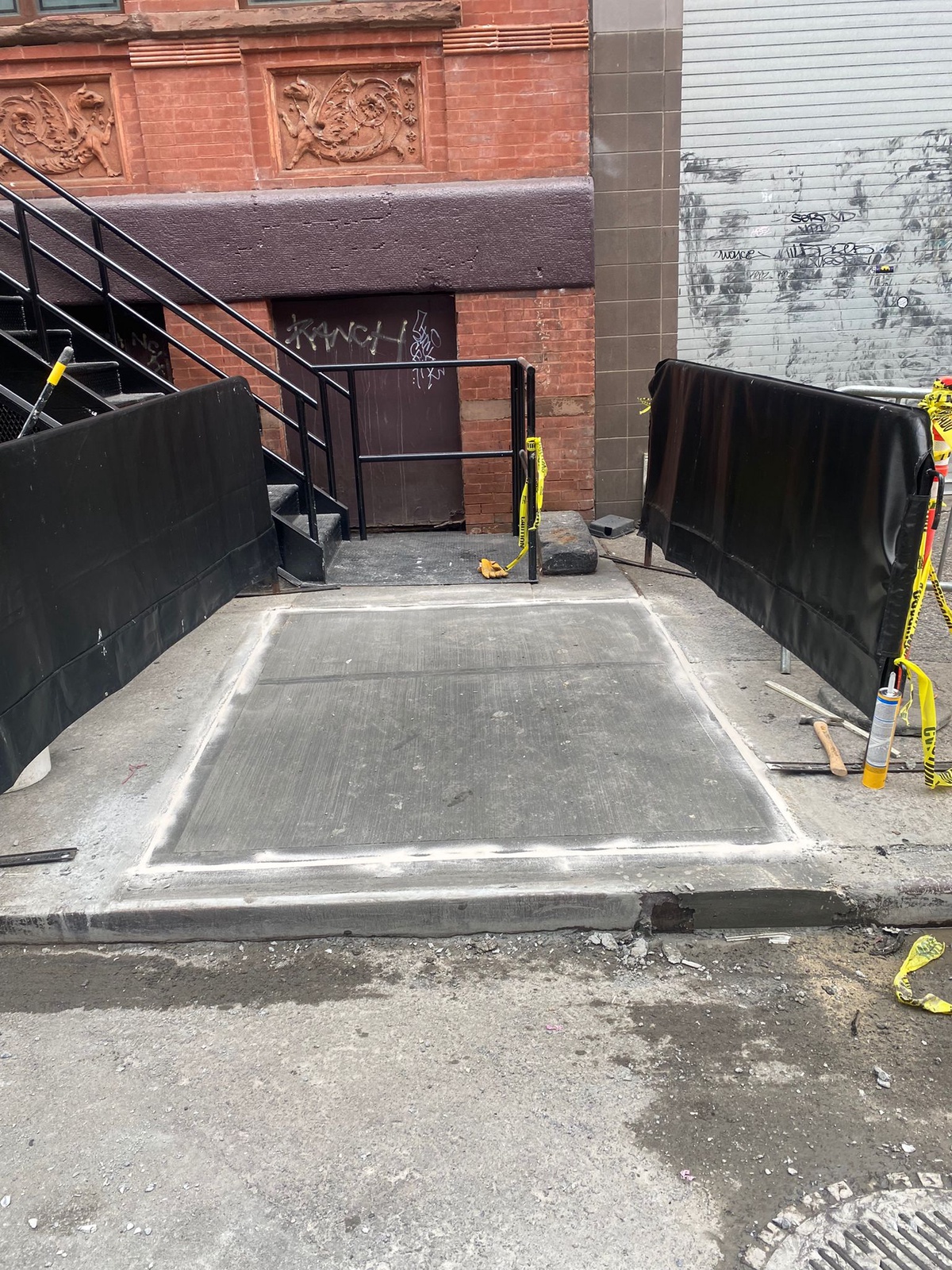New York City is a bright and lively metropolis, with bustling streets and renowned sidewalks. However, city sidewalks deteriorate over time, potentially resulting in penalties for property owners and occupants. Understanding the sidewalk violation NYC process is crucial for every New Yorker to ensure compliance with regulations and maintain safe walkways for pedestrians. We will walk you through NYC's sidewalk violation process. We will include common causes, laws and regulations, inspection procedures, and steps to handle violations if they occur.
What Are Sidewalk Violations?
Sidewalk violations occur when the Department of Transportation (DOT) identifies defects or hazards on sidewalks adjoining properties. Property owners or tenants are issued violation notices, urging them to promptly address the issues to ensure pedestrian safety.
Common Causes of Sidewalk Violations
Understanding the common causes of sidewalk violations can help property owners prevent violations:
Tree Roots
NYC sidewalks can be damaged by majestic trees. As tree roots grow, they exert pressure on concrete, leading to cracks and uneven surfaces.
Weather and Wear
New York experiences diverse weather conditions throughout the year. Extreme temperatures and weather changes can damage sidewalks, causing cracks and fissures.
Age and Deterioration
Over time, even well-constructed sidewalks can deteriorate due to constant foot traffic and exposure to the environmental elements.
Construction Work
Construction activities near sidewalks can lead to accidental damages, which need to be promptly addressed.
Laws and Regulations
NYC's sidewalk violation process is governed by the NYC Administrative Code. The Department of Transportation (DOT) sets guidelines for pedestrian safety. Property owners or tenants found violating these rules may face fines and penalties.
Understanding the Inspection Process
To enforce sidewalk regulations, the DOT inspects sidewalks regularly throughout the city. Here's what you need to know about inspection:
Inspection By DOT
DOT inspectors examine sidewalks for defects and hazards, such as cracks, uneven surfaces, and dangerous conditions.
Issuing a Violation
If violations are found during an inspection, the property owner or occupant will receive a written notice describing the issues to address.
Requesting a Re-inspection
After making the necessary repairs, the property owner or tenant can request a re-inspection to ensure compliance.
How to Prevent Sidewalk Violations?
Preventive measures can avoid sidewalk violations and ensure safe sidewalks.
Regular Maintenance and Repairs
Inspect your sidewalks regularly for damage signs and address issues promptly. Regular maintenance can prevent small problems from escalating.
Consulting a Professional
If you notice significant cracks or hazards on your sidewalks, consider hiring a professional contractor with expertise in sidewalk repairs.
Being Mindful of City Regulations
Stay informed about sidewalk regulations and follow them diligently. Familiarize yourself with the DOT's guidelines to avoid accidental violations.
Dealing with Sidewalk Violations
If you receive a sidewalk violation NYC notice, follow these steps to resolve the issue:
Correcting the Issue
Resolve the issue as soon as possible by repairing the sidewalk or rectifying the hazard to ensure pedestrian safety.
Requesting Extensions
You can request an extension from the Department of Transportation if you need extra time to repair sidewalk issues.
Contesting a Violation
If you believe the violation was issued in error or has been resolved, you can contest it. Provide evidence of the repairs to support your case.
Conclusion
Navigating NYC's sidewalk violation process may seem daunting, but with proper knowledge and timely action, you can ensure safe and compliant sidewalks. Regular maintenance, awareness of regulations, and addressing issues promptly are essential to preventing violations.
FAQs
1. What happens if I ignore a sidewalk violation?
Ignoring a sidewalk violation can lead to additional penalties and fines. It's essential to address the issue promptly to avoid further complications.
2. Can I contest a sidewalk violation?
Yes, you can contest a sidewalk violation by providing evidence that the issues have been addressed or that the violation is incorrect.
3. Are sidewalk violations the responsibility of property owners only?
Yes, property owners are usually responsible for maintaining the sidewalks adjacent to their properties. However, there are specific cases where tenants may share the responsibility.
4. Can a professional contractor help with sidewalk repairs?
Yes, hiring a professional contractor with experience in sidewalk repairs can ensure that the job is done correctly and in compliance with city regulations.
5. How often should I inspect my sidewalk?
Regular inspections are essential. Depending on the location and weather conditions, property owners should check their sidewalks at least once a year and after any extreme weather events.


No comments yet